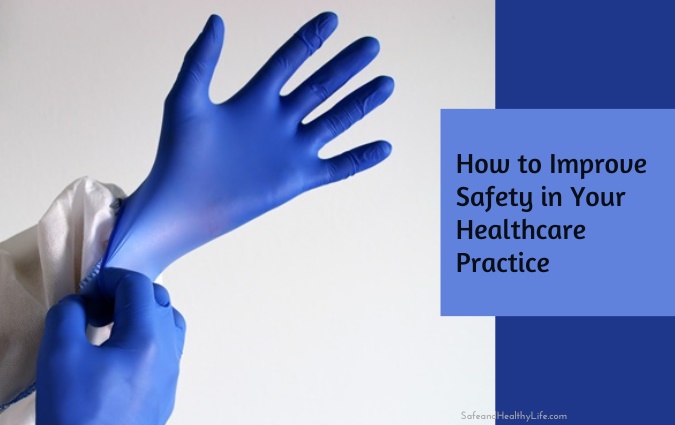
Healthcare is an industry that deals with the health and well-being of people, and it is crucial to ensure that you maintain safety standards at all times.
Unfortunately, medical errors, accidents, and other safety issues can occur in healthcare practices, putting the lives of patients and staff at risk.
As a healthcare practitioner, you must take proactive measures to improve safety in your practice to avoid such incidents.
This blog post outlines some of the best ways to improve safety in your healthcare practice.
Establish a Safety Culture
Establishing a safety culture is one of the most critical steps in improving safety in your healthcare practice. Safety culture refers to the attitudes, beliefs, and behaviors shaping how people approach workplace safety.
It is a collective effort to prioritize safety and minimize the risk of harm to patients, staff, and visitors.
Here are some steps to establish a safety culture in your healthcare practice:
Educate Staff and Patients on Safety
Education is the foundation of a safety culture. As a healthcare practitioner, you must educate your staff and patients about the importance of safety and the potential risks they face.
Educate your staff on how to identify potential safety hazards, how to report incidents and near-misses, and how to take corrective actions. Ensure you inform patients about safety protocols and what to expect during their treatment or care.
Encourage Reporting and Feedback
Reporting and feedback are crucial to improving safety in healthcare practices. Encourage staff to report incidents, near-misses, and hazards. Create a culture of trust where your team can raise concerns without fear of retaliation. Use the information gathered from reports and feedback to identify areas of improvement and implement corrective actions.
Lead By Example
Leadership is critical in establishing a safety culture. As a healthcare practitioner, you must always lead by example and prioritize safety. Ensure that you follow safety protocols and encourage your staff to do the same. Demonstrate a commitment to safety by actively participating in safety committees and initiatives.
Implement Safety Protocols
Implementing safety protocols is another critical step in improving safety in your healthcare practice. Safety protocols are procedures or guidelines minimizing the risk of harm to patients, staff, and visitors.
Here are some safety protocols that you can implement:
Infection Prevention and Control
Infection prevention and control measures are crucial in preventing the spread of infectious diseases in healthcare settings. Implement protocols for hand hygiene, personal protective equipment (PPE), and cleaning and disinfecting surfaces and equipment. Also, it’s imperative that you have a good biohazard waste disposal protocol in place. Ensure that you train staff members in infection prevention and control protocols and that they always adhere to them.
Medication Safety
Medication errors are a significant safety concern in healthcare practices. Implement protocols for medication management, including prescribing, dispensing, administering, and monitoring medications. Use technology, such as electronic health records, barcoding, and automated dispensing systems, to reduce the risk of medication errors.
Fall Prevention
Falls are a leading cause of injury in healthcare practices, particularly among elderly patients. Implement protocols for fall prevention, such as identifying patients at risk of falls, using bed rails and alarms, and providing mobility aids. Train staff in fall prevention techniques, and ensure they follow the protocols.
Strive for Continuous Improvement
Continuous improvement is an ongoing process of identifying areas for improvement and implementing changes to enhance safety. Healthcare providers should receive ongoing training and education in patient safety, including how to recognize and respond to adverse events and how to communicate effectively with patients and their families.
This can help reduce errors and promote safe practices. Patients and their families can be a valuable source of information and feedback on healthcare safety.
Conclusion
Encouraging everyone’s involvement in safety efforts can help healthcare organizations identify and address safety concerns more effectively.
Be sure to heed the above tips for improving safety in your healthcare practice.
About The Author:
Stacey Smith is a freelance health writer. She is passionate to write about women’s health, dental health, diabetes, endocrinology, and nutrition and provides in-depth features on the latest in health news for medical clinics and health magazines.




![[Art of Defense] Top Mixed Martial Arts to Practice for Personal Protection Art of Defense](https://www.safeandhealthylife.com/wp-content/uploads/2023/02/Art-of-Defense-150x150.jpg)